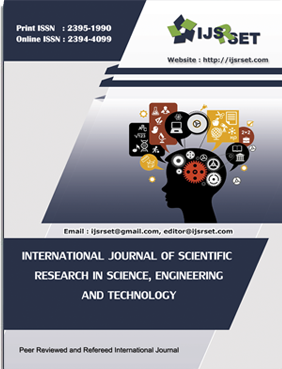Bone Tumor Detection and Classification Using Fast Mask Region-Based Convolutional Neural Network
Keywords:
Bone Tumor, Detection, Classification, Fast Mask Region Based, Convolutional Neural Network, Deep LearningAbstract
Accurate and timely diagnosis of bone tumors is paramount for effective treatment and patient well-being. Leveraging medical imaging modalities such as radiographs and magnetic resonance imaging (MRI), we introduce a novel methodology for automated bone tumor detection and classification. Our approach centers on the utilization of the Fast Mask R-CNN (Region-based Convolutional Neural Network) architecture, renowned for its efficiency in object detection and segmentation tasks. The workflow begins with image preprocessing steps aimed at enhancing contrast and eliminating noise, crucial for optimal performance in subsequent stages. Subsequently, the Fast Mask R-CNN framework is deployed to detect and precisely delineate bone tumor regions within the images, effectively isolating them from surrounding anatomical structures. This segmentation facilitates accurate localization, a crucial step in the diagnostic process. Following tumor localization, a classification model is employed to categorize the identified regions into benign or malignant types, leveraging the distinctive radiological features characteristic of each. This classification task is accomplished using a convolutional neural network (CNN) trained on a curated dataset of annotated bone tumor images. By combining the strengths of Fast Mask R-CNN for precise localization and CNN for accurate classification, our methodology achieves enhanced accuracy and reliability in bone tumor detection and classification. This innovative approach holds significant promise in streamlining diagnostic workflows and improving patient outcomes in bone tumor management.
📊 Article Downloads
References
Do, N. T., Jung, S. T., Yang, H. J., & Kim, S. H. (2021). Multi-level seg-unet model with global and patch-based X-ray images for knee bone tumor detection. Diagnostics, 11(4), 691.
Gitto, S., Bologna, M., Corino, V. D., Emili, I., Albano, D., Messina, C., ... & Sconfienza, L. M. (2022). Diffusion-weighted MRI radiomics of spine bone tumors: Feature stability and machine learning-based classification performance. La radiologia medica, 127(5), 518-525.
Eweje, F. R., Bao, B., Wu, J., Dalal, D., Liao, W. H., He, Y., ... & Bai, H. X. (2021). Deep learning for classification of bone lesions on routine MRI. EBioMedicine, 68.
Cuocolo, R., Gitto, S., van Langevelde, K., van de Sande, M. A., Parafioriti, A., Luzzati, A., ... & Bloem, J. L. (2022). MRI radiomics-based machine learning classification of atypical cartilaginous tumour and grade II chondrosarcoma of long bones. EBioMedicine, 75.
Anand, D., Arulselvi, G., & Balaji, G. N. (2022). An assessment on bone cancer detection using various techniques in image processing. In Applications of Computational Methods in Manufacturing and Product Design: Select Proceedings of IPDIMS 2020 (pp. 523-529). Singapore: Springer Nature Singapore.
Anisuzzaman, D. M., Barzekar, H., Tong, L., Luo, J., & Yu, Z. (2021). A deep learning study on osteosarcoma detection from histological images. Biomedical Signal Processing and Control, 69, 102931.





